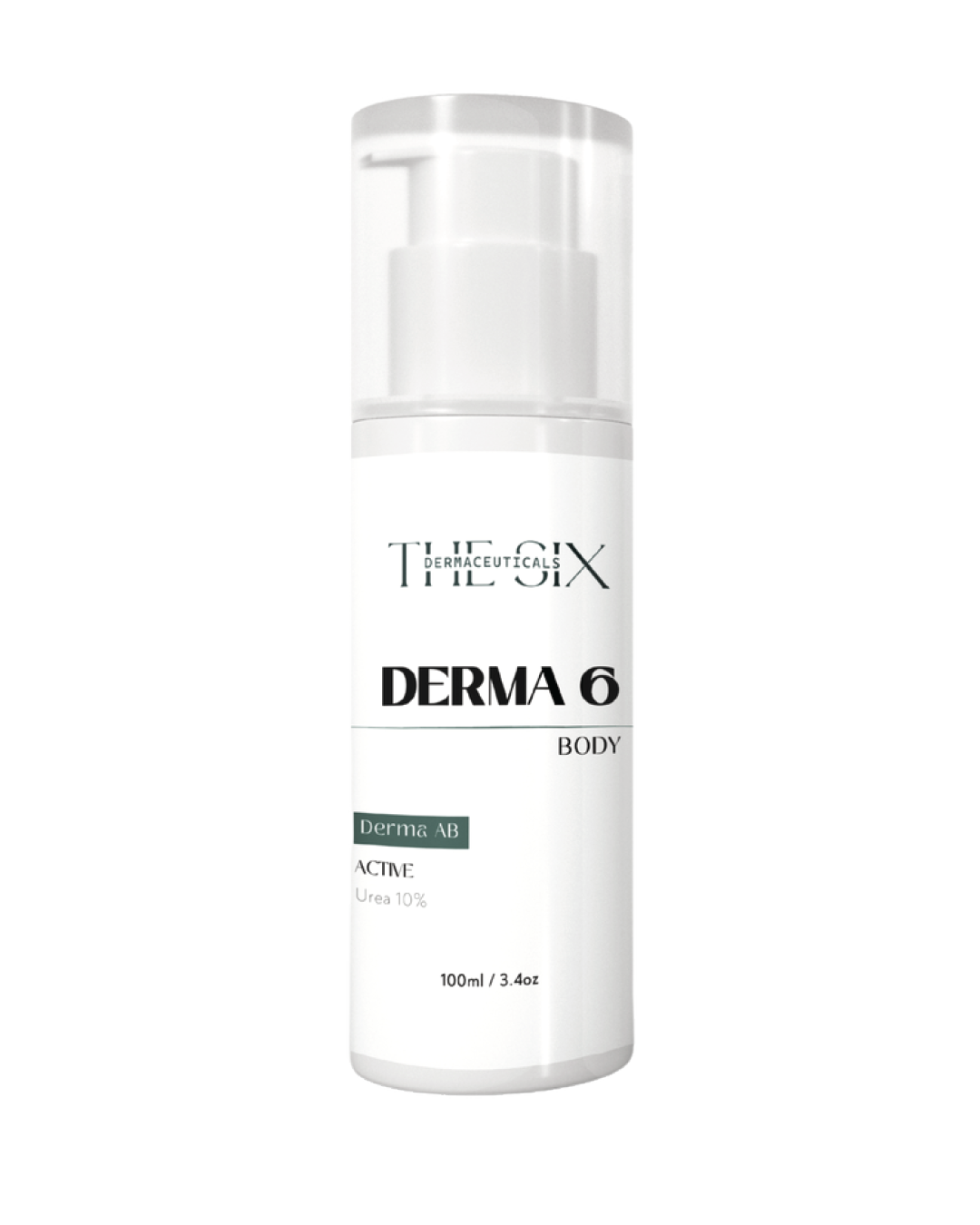
2 Comments
-
-
Brianne Skiles
Etiam lorem dui laoreet vel congue quis mauris sed at nibh in arcu laoreet sodales eget a nibh quis.
-
Comments are closed.

Etiam lorem dui laoreet vel congue quis mauris sed at nibh in arcu laoreet sodales eget a nibh quis.
Comments are closed.
Lea Huston
Nulla in magna eu nibh eleifend tempus orci mauris a maximus nunc ultricies et quisque cursus ligula eget nec.